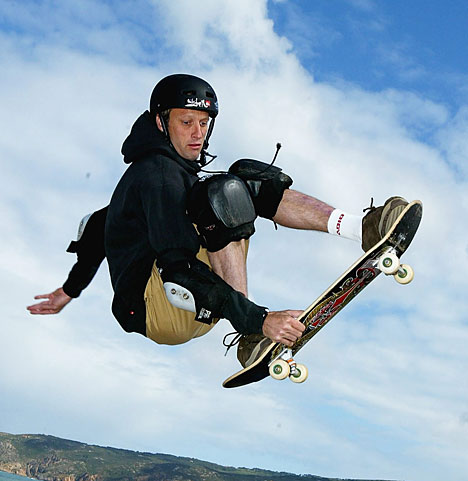 Skateboarding can be a fun way for children and adolescents to get exercise. However, an estimated 111,000 kids younger than 18 are treated in U.S. hospital emergency departments for skateboard-related injuries each year. Many of these injuries can be prevented.
Skateboarding can be a fun way for children and adolescents to get exercise. However, an estimated 111,000 kids younger than 18 are treated in U.S. hospital emergency departments for skateboard-related injuries each year. Many of these injuries can be prevented.
Skateboarding Injury Facts: Of those children treated in U.S. emergency departments because of their skateboard-related injuries:
- The three most commonly injured body regions are the wrist, ankle and face.
- Broken bones, sprains, scrapes and bruises are the most common injuries.
Who is Most at Risk?
- Skateboarders who are hit by a motor vehicle have the most serious injuries.
- Skateboarders who ride on uneven surfaces have the most fall-related injuries.
Skateboarding Safety Tips
- All skateboarders should wear a helmet and other protective gear (such as wrist guards, elbow pads and knee pads).
- Teach children to never ride a skateboard in or near traffic.
- Check the skating area for holes, bumps and rocks. Smooth surfaces are the safest for skateboarding.
- Skateboarding at dusk or after dark can be dangerous. It is safest to skateboard during the day.
- Encourage children to ride their skateboard in skateboarding parks.
- Children younger than 5 years should not use skateboards, and children 5-10 years should not use skateboards without adult supervision.
- Make sure your child wears a helmet to stay legal and safe.
- Children riding on ripsticks should follow the same safety tips as children on skateboards.
via Injury Research and Policy Skateboarding Research :: Nationwide Children’s Hospital, Columbus, Ohio.
